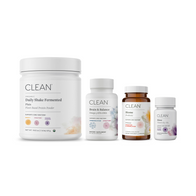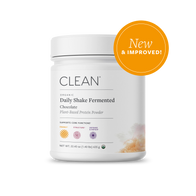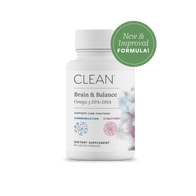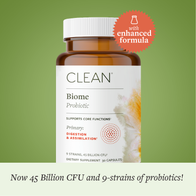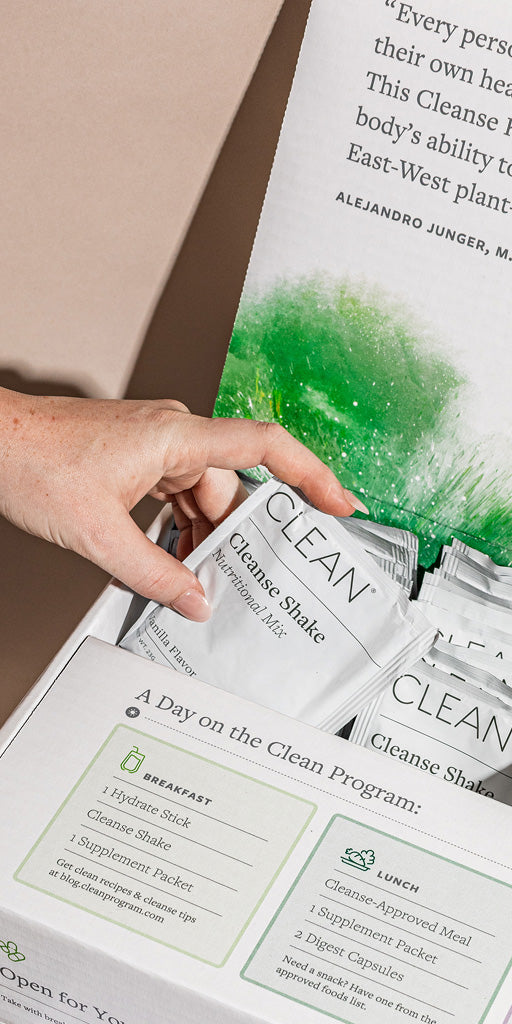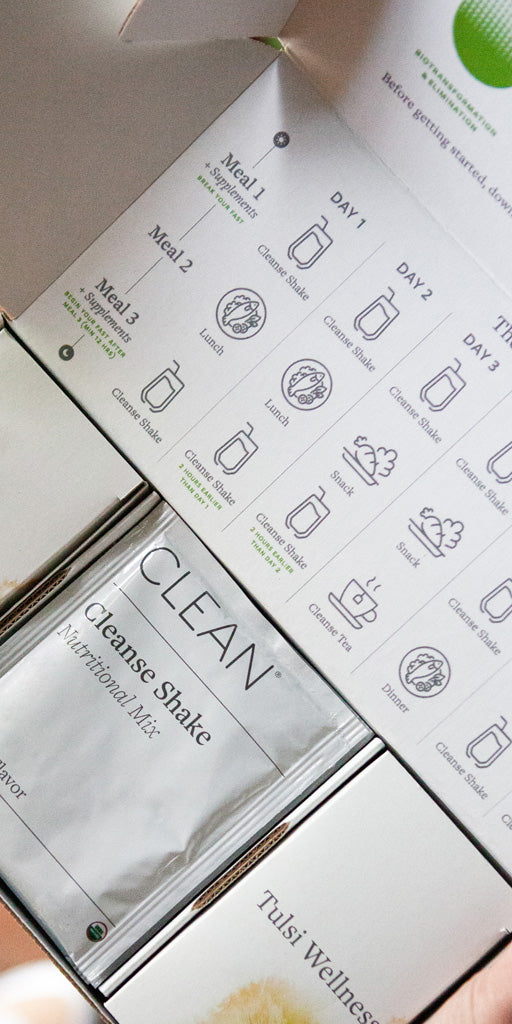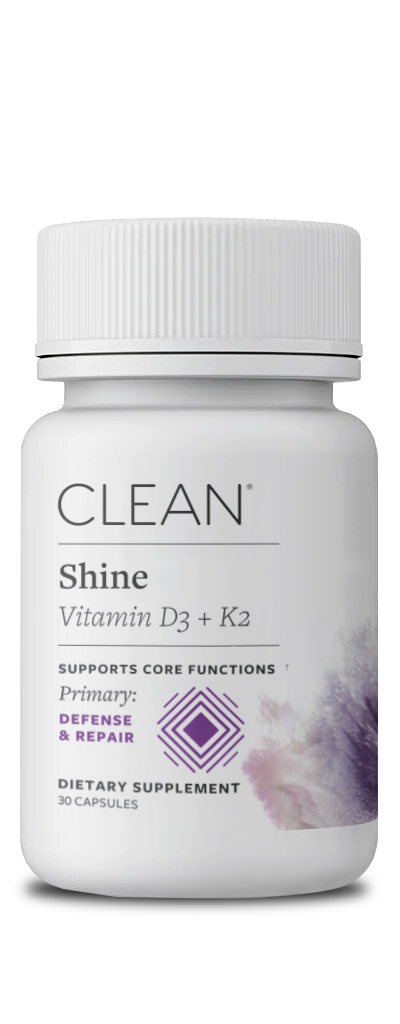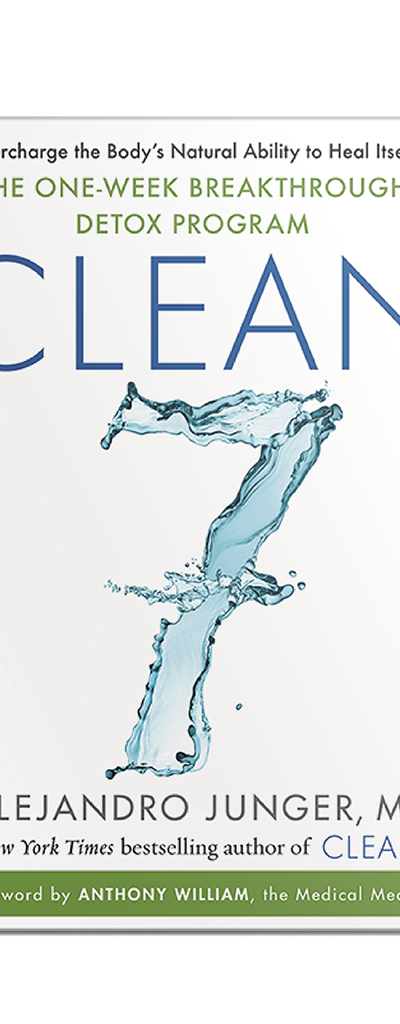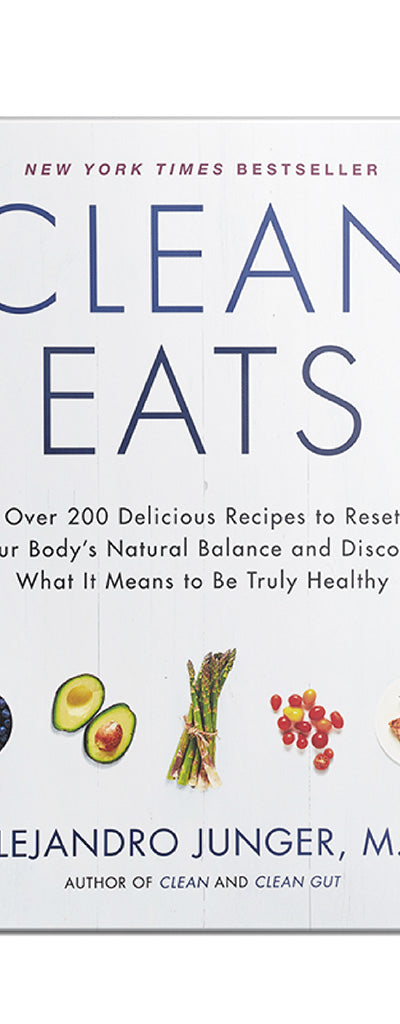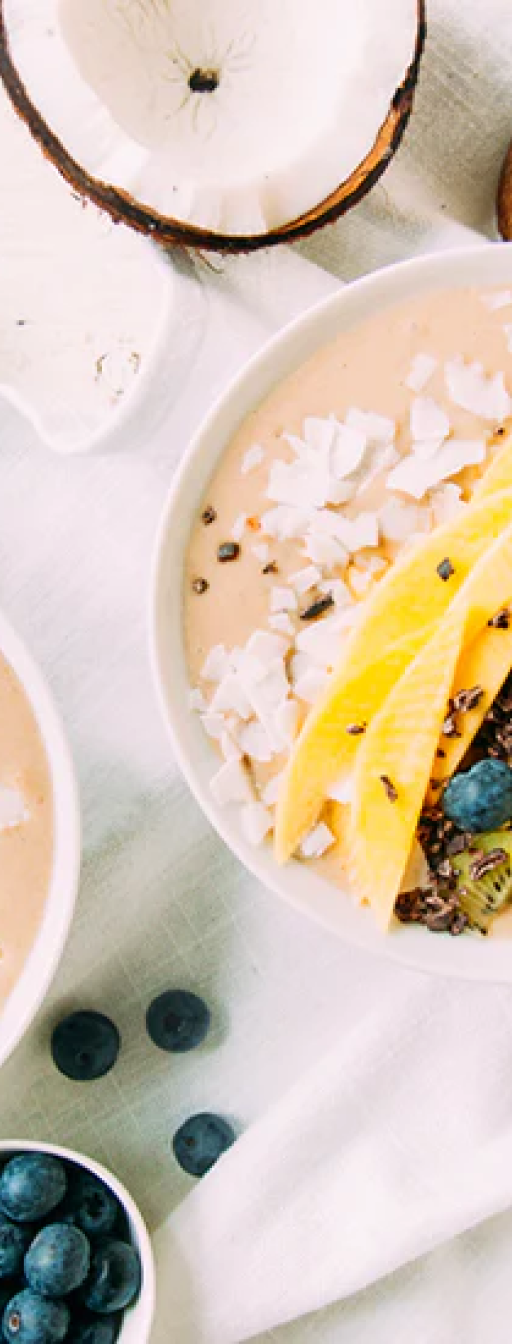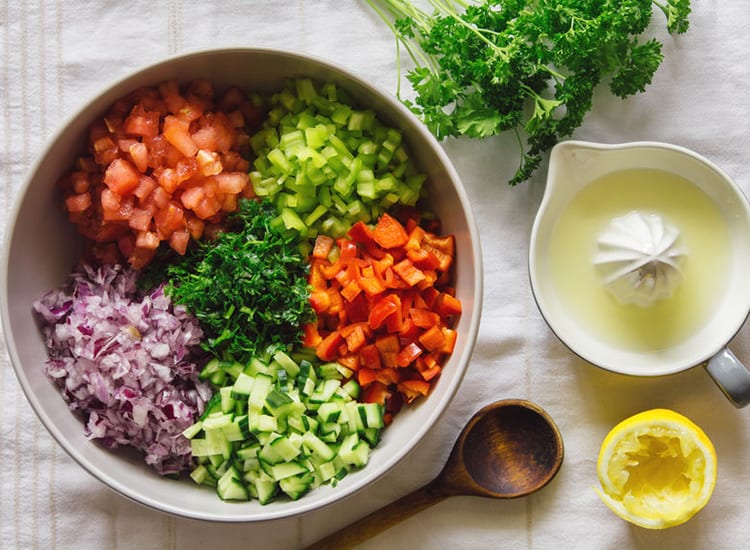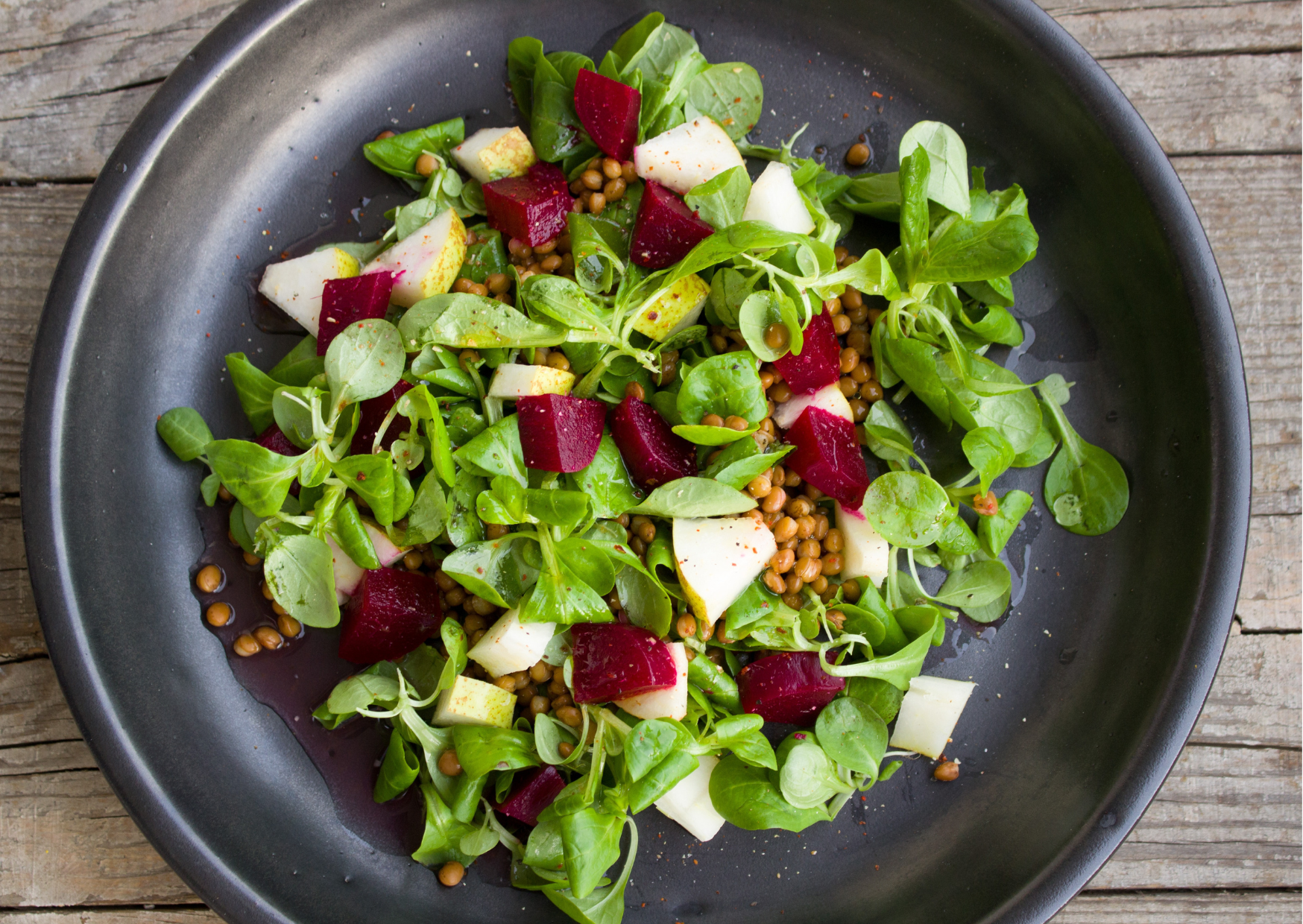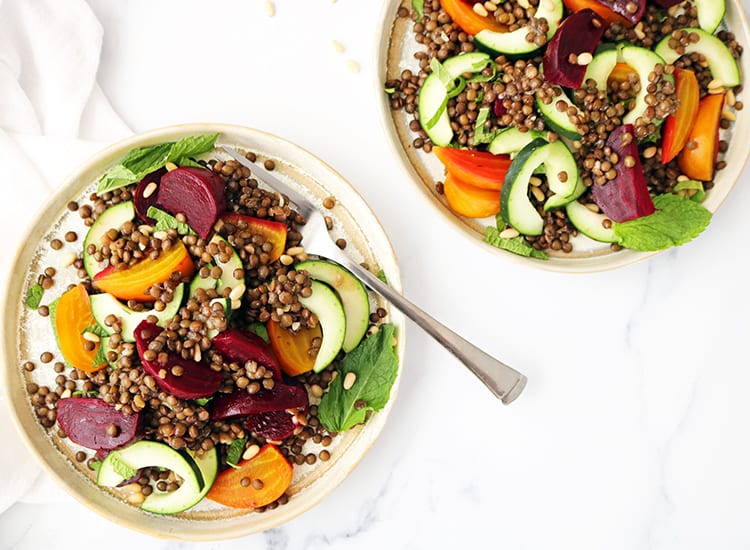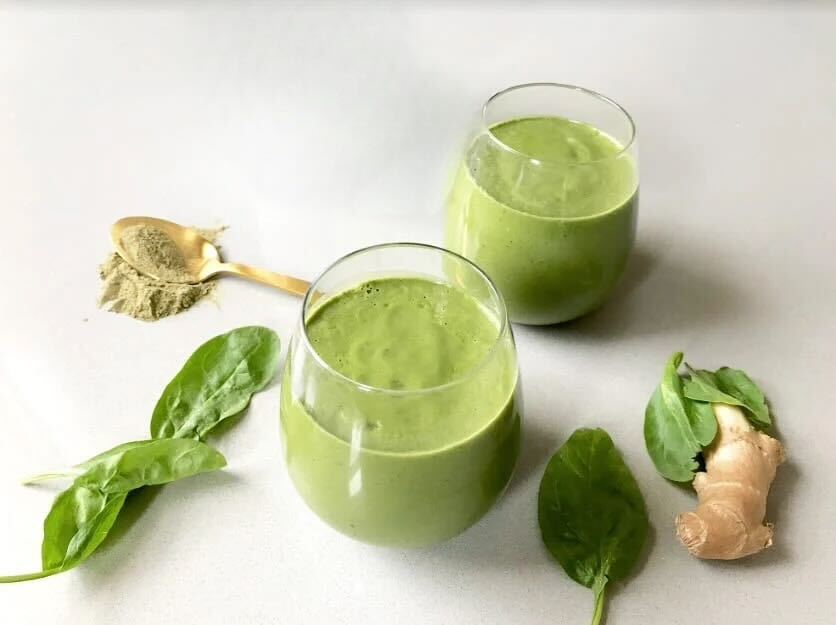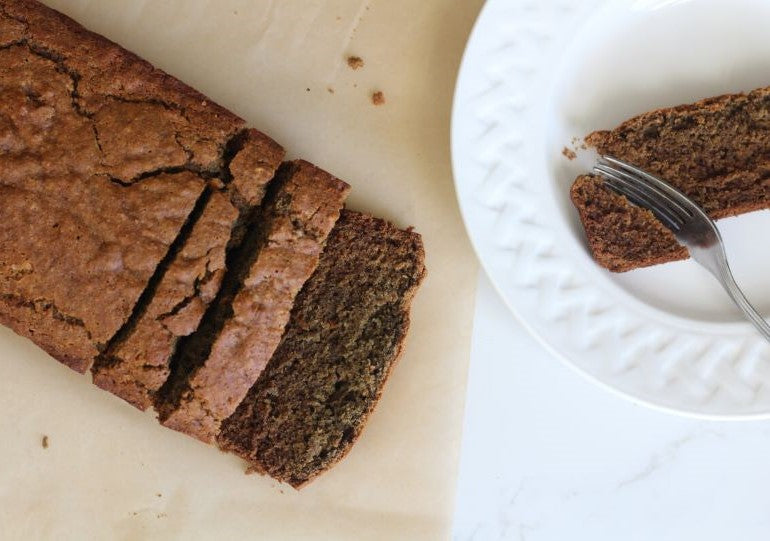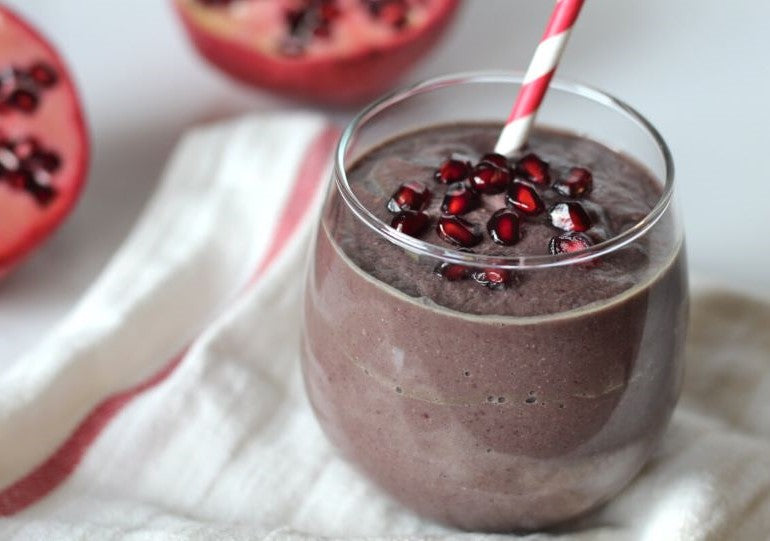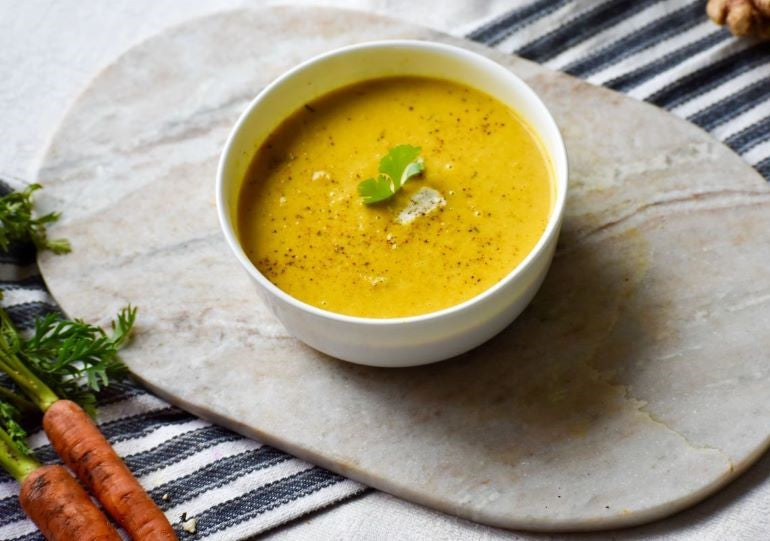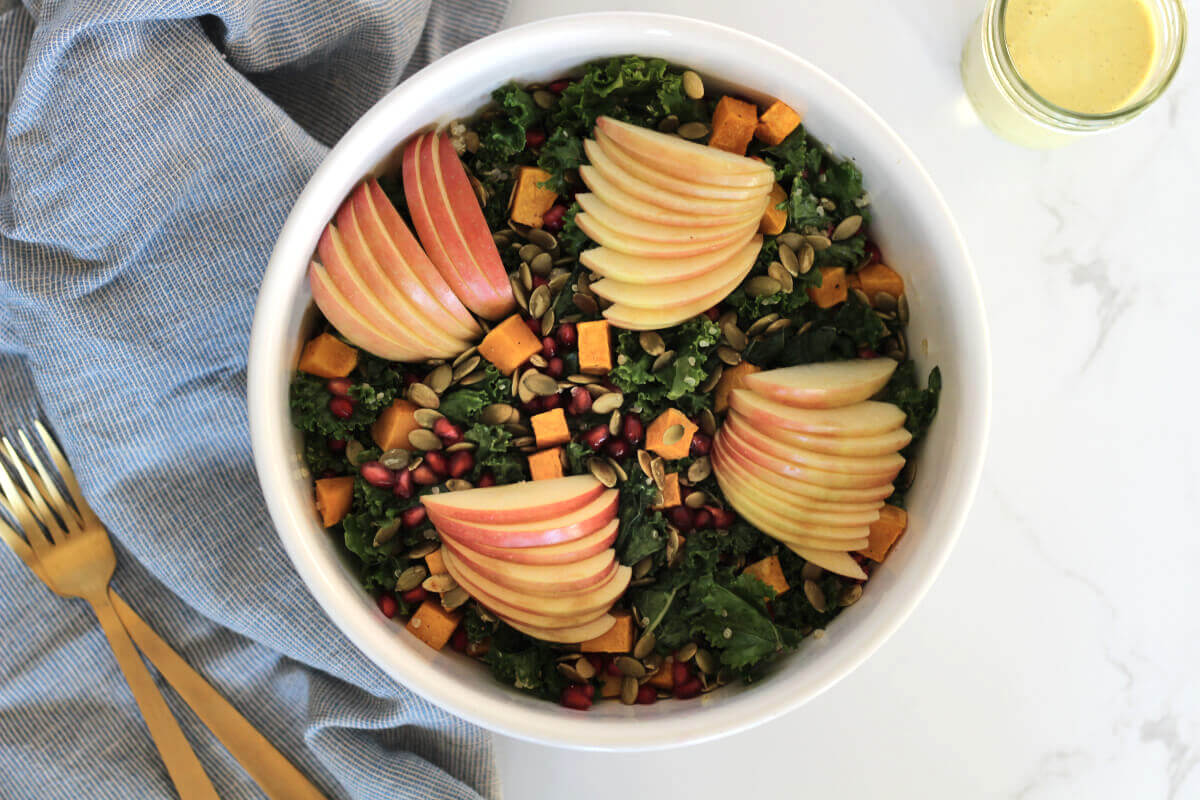Food combining principles have been around for a long time. Generally, food-combining assigns foods to different groups. These are usually sorted into carbs and starches, fruits, vegetables, proteins, and fats. Some guidelines also classify foods as either acidic, alkaline, or neutral. Food combining diets specify how you should combine these groups in a meal.
Okay, we’ll bite. What is food combining?
The basic principle behind food combining diet is that different foods require different pH levels to digest properly, and they all have different transit times in the GI tract. The belief is that eating certain food combinations, specifically protein-rich foods combined with carbohydrate-rich foods is harder to digest. This combination supposedly decreases nutrient absorption and causes food to sit longer in the GI tract, which could promote gas, bloating, and the buildup of toxins from food not moving through quickly enough.
Here are the four most common rules of food combining:
1) Always eat fruit, especially melon, on an empty stomach. Or at least twenty minutes before eating anything else.
2) Eat starches alone or with cooked non-starchy vegetables.
3) Eat meat, dairy, fish, eggs, and other high-protein foods alone or with cooked non-starchy vegetables.
4) Eat nuts, seeds, and dried fruit with raw vegetables.
What’s the Truth?
So, does it work? There is not a lot of evidence supporting these guidelines. It’s not that lack of evidence is evidence against it, but some of these principles don’t make sense biochemically.
Food-combining diets advise that carbohydrates can’t be digested in an acidic environment. There is some truth to the idea that carbohydrates digest better in an alkaline environment due to the activation of the amylase enzymes. However, eating carbohydrates alone won't prevent them from being acted on by stomach acid. This is because stomach acid is released when we eat any food, not just protein. We start to produce stomach acid when we simply smell food.
If our stomachs are empty, they are acidic. The acid level drops when food enters. In a healthy individual, the stomach should release acid when any food goes in. So once these contents of the stomach move into the small intestine, the pancreas releases digestive enzymes, along with bicarbonate. Bicarbonate is an alkaline secretion that neutralizes stomach acid. This will activate the pancreatic enzymes that work to break down mostly carbohydrates and fat, but some protein is also broken down in the small intestine.

However, the pancreas releases these enzymes in response to the drop in pH when the acidic stomach contents enter the small intestine. So, based on physiology, the more acid that your stomach produces, the more alkaline the pancreatic response will be. In that case, eating protein with carbohydrates or fats could increase the digestive capacity in the small intestine.
Our bodies make enzymes that get released into the small intestine (lipase, amylase, and trypsin). These work on different components of food: carbohydrates, fat, and protein. The body releases these enzymes into the small intestine knowing it’s going to get a big mix of what you’re eating. All of the food gets mixed up with your stomach acid into a substance called chyme, and that’s what gets released into the small intestine. Everything is already mixed. Things are not digested sequentially.
Then based on the macronutrient contents in your stomach, it’ll be released into the small intestine at different rates. Carbohydrates spend less time in the stomach than fat, for example. The more fat we eat, the longer it’s going to stay in our stomachs. However, this doesn’t change how much the foods get digested, but it may change the gastric emptying rate.
It may feel better if we’re just eating carbohydrates since they get released quicker. However, it’s also going to make you get hungrier faster.
A Potential Downside of Food Combining
Food combining principles suggest that we should only eat fruit on its own. That works for healthy people, but anyone dealing with a blood sugar control issue shouldn’t be eating carbohydrate foods on their own. Carbohydrates, if on their own, get digested and absorbed into the bloodstream much faster. Adding protein or fat to a carbohydrate source can help reduce the spike in blood sugar from eating that carbohydrate on its own.
For those with a healthy blood sugar response, combining a piece of fruit with fat is a great way to increase satiety levels, like an apple with almond butter. Eating fruit on its own isn't necessarily helpful or harmful. Some people can just tolerate it better than others.
Additionally, a clinical trial shows that salads with lettuce, tomatoes, and carrots require a fat-containing dressing to absorb the mixed carotenoids present in the vegetables. These carotenoids protect against chronic diseases. So it’s important to eat fat with your vegetables and other plant foods to maximize nutrient absorption.
Why It May Work For You
One of the reasons why food combining diets may work for some people is because they end up eating less food in one sitting. When you combine the two food groups - starches and fat - the result is delicious, making it easier to eat a larger volume of food. Eating large meals makes it hard to effectively digest food because stomach acid and other enzymes get diluted by the volume. Your GI tract is going to have to work a lot harder to handle that extra volume. We recommend eating until you’re about 80% full to optimize digestion.
This is where a 21-Clean Wellness Program can come in handy. With two Clean shakes per day, you automatically ease digestion. Not only are shakes typically less food than a large meal, but they are also “pre-digested” since they are blended. It’s a digestive win-win.

All in all, learn to tune in and listen to your body. Do you notice excess bloating and stomach discomfort when you eat fruit as a dessert after a large meal? Or maybe when you eat roasted chicken with sweet potato? Maybe you notice no difference at all. Your body will tell you what works well with it and what doesn’t when you are willing to create the space to listen. It’s always worth experimenting to learn what works best for you.
If digestion is a big concern of yours, check out our Top 10 Tips to Improving Digestion and how inflammation may be the culprit. Or, you can browse our digestive aid products, like our fiber powder, to discover which supplements are right for you.
Written by Hannah Aylward
If you enjoyed this article, you might also like 3 Tips to Make the Most of an Anti-Inflammatory Diet
Sources:
Digestion in the Stomach
Carotenoid bioavailability is higher from salads ingested with full-fat than with fat-reduced salad dressings as measured with electrochemical detection












